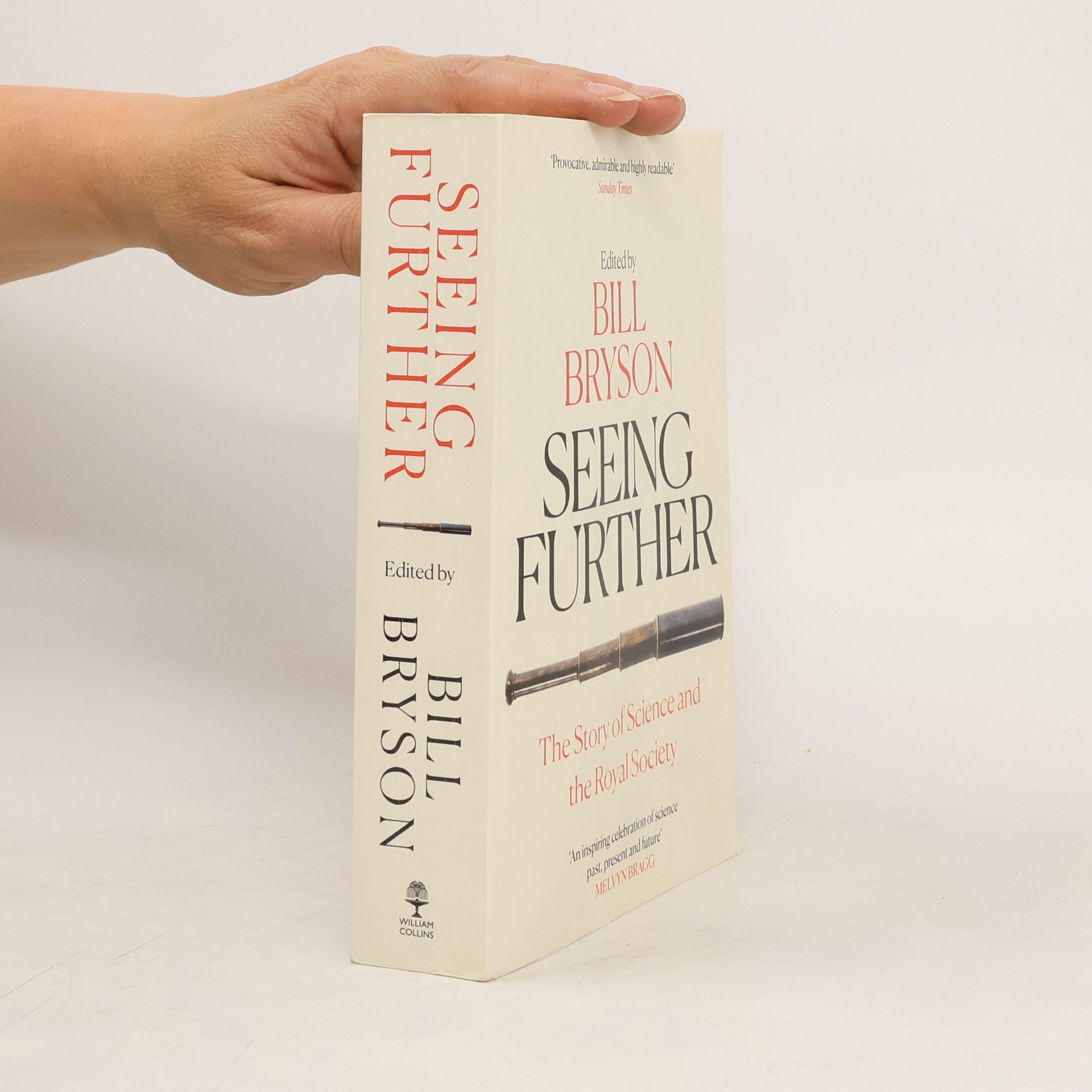An eminent engineer and historian tackles one of the most elemental aspects of life: how we experience and utilize physical force
Henry Petroski Reihenfolge der Bücher
Henry Petroski ist ein angesehener Professor für Bauingenieurwesen, der für seine aufschlussreichen Analysen von Versagensfällen bekannt ist. Seine Arbeit befasst sich mit der komplexen Beziehung zwischen Design, Erfolg und Misserfolg und bietet eine einzigartige Perspektive auf die Entwicklung von Technologien und ingenieurwissenschaftlichen Praktiken. Petroskis Schriften untersuchen die Lehren aus vergangenen ingenieurwissenschaftlichen Unternehmungen und heben hervor, wie wichtig es ist zu verstehen, wie und warum Dinge versagen, um zukünftige Schöpfungen zu verbessern. Er verfolgt einen wissenschaftlichen und doch zugänglichen Ansatz zu komplexen Themen und macht die Geschichte und Philosophie des Ingenieurwesens für ein breites Publikum ansprechend.





- 2022
- 2010
Edited and introduced by Bill Bryson, with contributions from Richard Dawkins, Margaret Atwood, Richard Holmes, Martin Rees, Richard Fortey, Steve Jones, James Gleick and Neal Stephenson amongst others, this beautiful, lavishly illustrated book tells the story of science and the Royal Society, from 1660 to the present.
- 1994
Messer, Gabel, Reissverschluss
- 342 Seiten
- 12 Lesestunden
- 1992
"Reading Petroski's fine book is not only a delight, it is a necessity." --Houston ChronicleHow did a simple design error cause one of the great disasters of the 1980s—the collapse of the walkways at the Kansas City Hyatt Regency Hotel? What made the graceful and innovative Tacoma Narrows Bridge twist apart in a mild wind in 1940? How did an oversized waterlily inspire the magnificent Crystal Palace, the crowning achievement of Victorian architecture and engineering? These are some of the failures and successes that Henry Petroski, author of the acclaimed The Pencil, examines in this engaging, wonderfully literate book. More than a series of fascinating case studies, To Engineer Is Human is a work that looks at our deepest notions of progress and perfection, tracing the fine connection between the quantifiable realm of science and the chaotic realities of everyday life."Alert, inquisitive, unspecialized, wholly human...refreshingly eclectic." --The Spectator"Henry Petroski is an ardent engineer, and if he writes more good books like this, he might find himself nominated to become the meistersinger of the guild. [This is] a refreshing plunge into the dynamics of the engineering ethos...as straightforward as an I-beam."--Science
- 1992